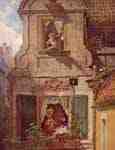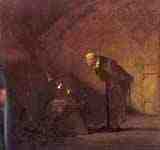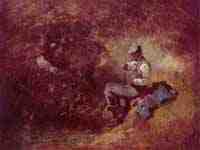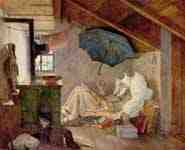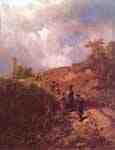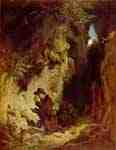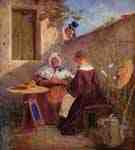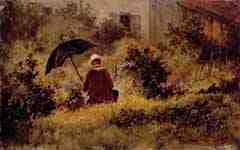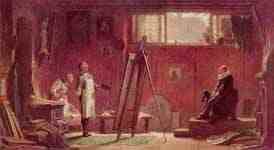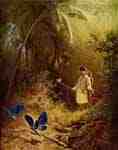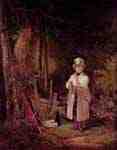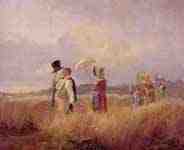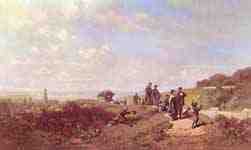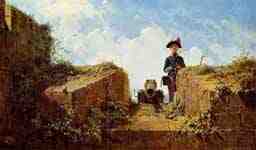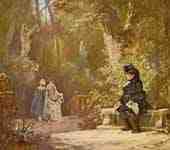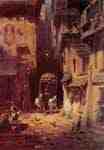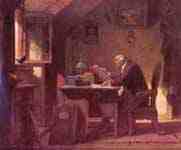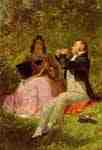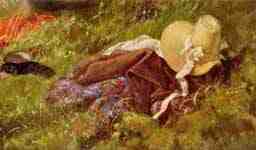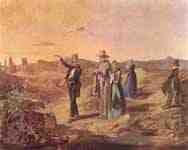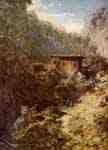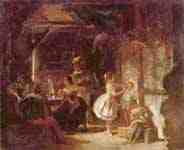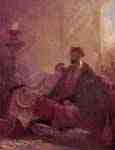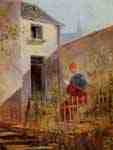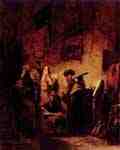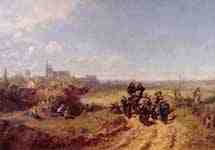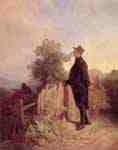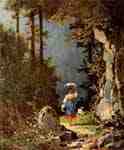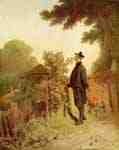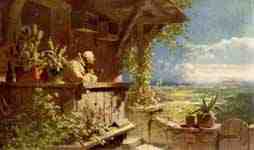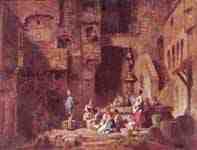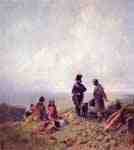Carl Spitzweg
Paintings
The poor poet
The poor poet II
The reading
Serenade
Coastal landscape
The Sleeping Hermit
A Street in Cairo
Still life with a jellyjar a carafe and a bottle of Wine
Flying Kites
The History Painter
Mountain landscape and milkmaid in the Wendelstein area
On Top of the Hill
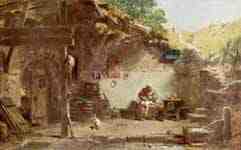
Old monk in front of the hermitage
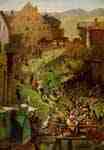

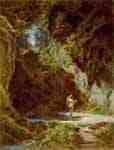
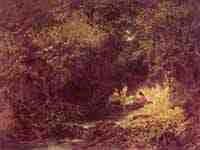
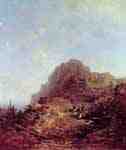
Mountain hike ( Trip to Herzogsstand)
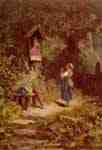
Praying peasant girl in the forest
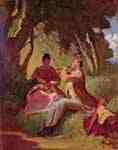

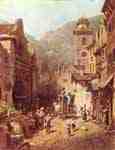 The visit of the Country father
The visit of the Country father
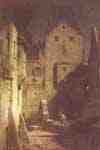 The night watchman fallen asleep
The night watchman fallen asleep
 Once upon a time ( The Knitting Outposts)
Once upon a time ( The Knitting Outposts)
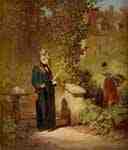 Newspaper reader in the garden
Newspaper reader in the garden
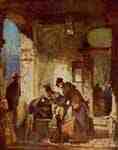 Tariff revision ( Pontifical customs guard )
Tariff revision ( Pontifical customs guard )
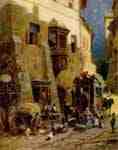 Customs station in Zirl in Tyrol ( Two kinds of travel)
Customs station in Zirl in Tyrol ( Two kinds of travel)
Fine Art Prints | Greeting Cards | Phone Cases | Lifestyle | Face Masks | Men's , Women' Apparel | Home Decor | jigsaw puzzles | Notebooks | Tapestries | ...
Carl Spitzweg (February 5, 1808 – September 23, 1885) was a German romanticist painter and poet. He is considered to be one of the most important artists of the Biedermeier era. Spitzweg was self-taught as an artist, starting out by copying the works of Flemish masters. He contributed his first work to satiric magazines. Upon receiving an inheritance in 1833, he was able to dedicate himself to painting.
Later, Spitzweg visited European art centers in Prague, Venice, Paris, London, and Belgium studying the works of various artists and refining his technique and style. His later paintings and drawings are often humorous genre works. Many of his paintings depict sharply characterized eccentrics, for example The Bookworm (1850) and The Hypochondriac (c. 1865, in the Neue Pinakothek, Munich).

Carl Spitzweg, Franz Hanfstaeng
His paintings inspired the musical comedy Das kleine Hofkonzert by Edmund Nick.
Playing Piano, an etching by Spitzweg, was found as part of the 2012 Nazi loot discovery.[2]
Spitzweg is buried in the Alter Südfriedhof in Munich.
Forgeries
In the late 1930s an art forgery case in Germany involved 54 paintings which had been passed off as Spitzweg originals. They had been painted by a Traunstein copyist named Toni who worked from reproductions and picture postcards. Toni signed the works with his own name as "after Spitzweg", but fraudsters later removed his name and artificially aged the paintings in order to sell them as originals. At the Stuttgart Criminal Court Assizes the conspirators were jailed for up to ten years for the swindle.[3]
References and sources
References
Jensen, Jens Christian (2002). Karl Spitzweg, Museum Georg Schäfer. Prestel. p. 342.
"Photo Gallery: Munich Nazi Art Stash Revealed". Spiegel. 17 November 2013. Retrieved 17 November 2013.
Schuller, Sepp. (1960) Forgers, Dealers, Experts: Adventures in the twilight of Art Forgery. Translated from the German by James Cleugh. London: Arthur Barker, p. 93.
Sources
Murray, P. & L. (1996). Dictionary of art and artists. London: Penguin Books. ISBN 0-14-051300-0.
----
Fine Art Prints | Greeting Cards | Phone Cases | Lifestyle | Face Masks | Men's , Women' Apparel | Home Decor | jigsaw puzzles | Notebooks | Tapestries | ...
----
Artist
A - B - C - D - E - F - G - H - I - J - K - L - M -
N - O - P - Q - R - S - T - U - V - W - X - Y - Z
Retrieved from "http://en.wikipedia.org/"
All text is available under the terms of the GNU Free Documentation License

















